Regulatory Support and Frameworks
The Europe Robo-Taxi Market is experiencing a surge in regulatory support, which appears to be a crucial driver for its growth. Governments across Europe are increasingly recognizing the potential of autonomous vehicles to enhance urban mobility and reduce congestion. For instance, the European Union has been actively working on establishing a comprehensive regulatory framework that facilitates the testing and deployment of robo-taxis. This regulatory clarity not only encourages investment but also fosters public trust in autonomous technologies. As of October 2025, several countries have implemented pilot programs, allowing robo-taxi services to operate under specific conditions. This regulatory environment is likely to accelerate the adoption of robo-taxis, making them a viable transportation option for urban dwellers.
Focus on Safety and Public Acceptance
The focus on safety and public acceptance is a pivotal driver for the Europe Robo-Taxi Market. As autonomous vehicles become more prevalent, ensuring the safety of passengers and pedestrians is paramount. Regulatory bodies and manufacturers are investing heavily in safety features and rigorous testing protocols to build public confidence in robo-taxi services. Surveys indicate that public perception of safety is a significant factor influencing the adoption of autonomous vehicles. Efforts to educate the public about the safety measures in place, coupled with transparent communication regarding the technology, are likely to enhance acceptance. As safety concerns are addressed, the Europe Robo-Taxi Market may experience a more rapid uptake, paving the way for widespread adoption of these innovative transportation solutions.
Investment in Infrastructure Development
Investment in infrastructure development is emerging as a critical driver for the Europe Robo-Taxi Market. As cities evolve to accommodate autonomous vehicles, significant investments are being made in smart infrastructure, including dedicated lanes and charging stations. This infrastructure is essential for the seamless integration of robo-taxis into existing transportation systems. Recent reports suggest that several European cities are allocating substantial budgets to enhance their urban infrastructure, aiming to support the deployment of autonomous vehicles. This proactive approach not only facilitates the operation of robo-taxis but also enhances overall urban mobility. As infrastructure continues to improve, the Europe Robo-Taxi Market is likely to witness accelerated growth, attracting both consumers and investors alike.
Consumer Demand for Convenient Transportation
The Europe Robo-Taxi Market is significantly influenced by the growing consumer demand for convenient and efficient transportation solutions. Urban populations are increasingly seeking alternatives to traditional taxi services, driven by the desire for on-demand mobility. Recent surveys indicate that a substantial percentage of city dwellers express interest in using robo-taxi services, citing convenience and cost-effectiveness as primary motivators. The potential for reduced wait times and enhanced accessibility for individuals with mobility challenges further bolsters this demand. As robo-taxi services become more integrated into urban transportation networks, they are likely to attract a diverse user base, thereby expanding the market. This shift in consumer preferences is expected to play a pivotal role in shaping the future landscape of the Europe Robo-Taxi Market.
Technological Innovations in Vehicle Automation
Technological innovations in vehicle automation are a driving force behind the Europe Robo-Taxi Market. Advances in artificial intelligence, machine learning, and sensor technologies are enabling the development of highly sophisticated autonomous vehicles. These innovations not only enhance the safety and reliability of robo-taxi services but also improve operational efficiency. As of October 2025, the market is witnessing the introduction of vehicles equipped with advanced navigation systems and real-time data processing capabilities. This technological evolution is likely to reduce operational costs and increase the scalability of robo-taxi services. Furthermore, partnerships between automotive manufacturers and technology firms are fostering a collaborative ecosystem that accelerates the deployment of autonomous vehicles, thereby propelling the growth of the Europe Robo-Taxi Market.

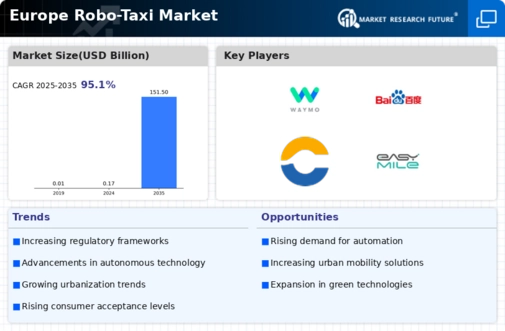
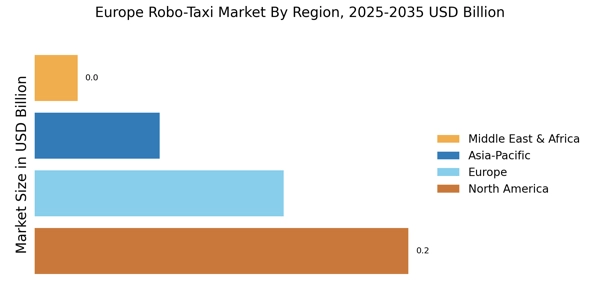

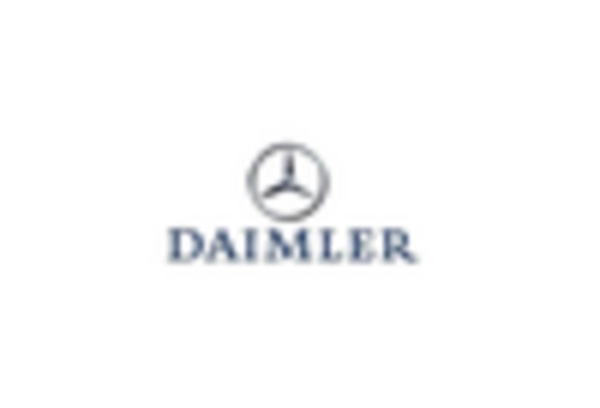
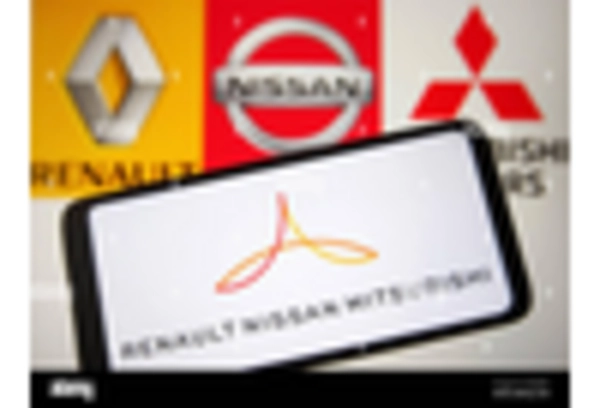
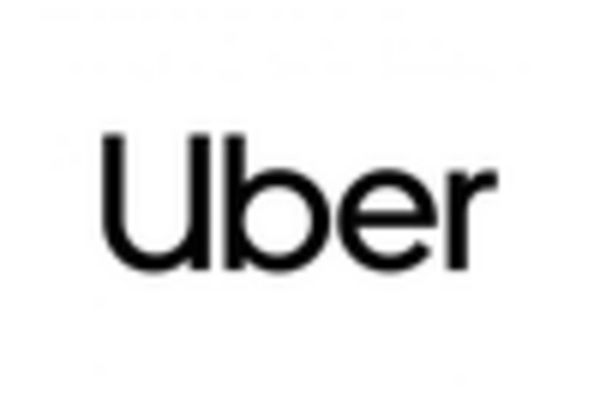
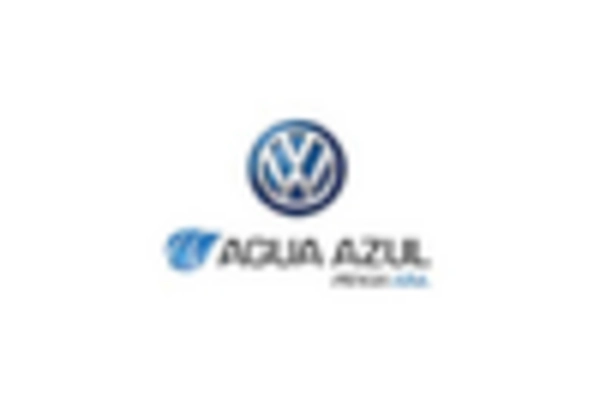
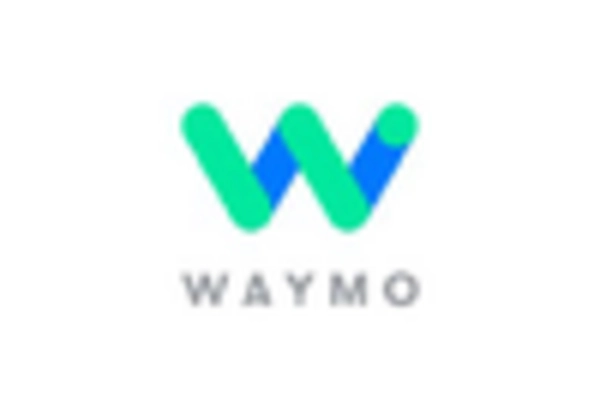








Leave a Comment